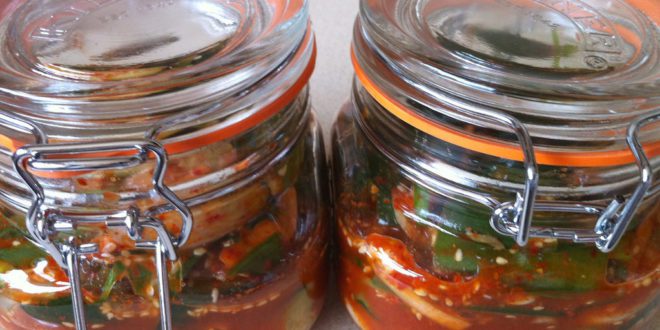Kimchi is one of the famous food in Korea. It could either be a side dish or an ingredient for a meal. Nowadays, even outside Korea, people serve and eat kimchi and other Korean cuisines. Therefore, one does not have to travel to taste these traditional treats.
Making kimchi started around 37 BC to 7 AD, making it one of the oldest traditional Korean dishes. Before being named kimchi, the food was named Ji. Despite the variety of kimchi recipes in different Korean regions, the most common ingredients always include napa cabbages, Korean radish, cucumber, scallion, red chili paste, and red pepper powder.
Jonny Bowden, the author of “The 150 Healthiest Foods on Earth,” listed kimchi as one of the world’s healthiest food. He revealed that one of the health benefits of kimchi includes maintaining a robust digestive system because of the harmless probiotics in the dish due to fermentation.
The fermentation process causes kimchi to contain organic acids such as lactobacilli and lactic acids, which are the primary types of probiotics. Salting the cabbage causes lactic acid bacteria to develop and dominate other non-beneficial bacteria that are present. These bacteria prevent constipation, lessen the risk of colon cancer, and eliminate harmful elements that cause inflammation and indigestion.
Kimchi is also rich in fiber because of the vegetables. Not only does it help the digestive system but also maintain the circulatory system. The ingredients such as cabbage lower the possibility of coronary heart disease, stroke, hypertension, obesity, and other illnesses.
Kimchi has 34 calories, 2 grams of protein, and 2 grams of dietary fiber per 100 grams. Researchers from the Colorado State University recommends a daily fiber intake of 14 grams per 1,000 calories for adults.

